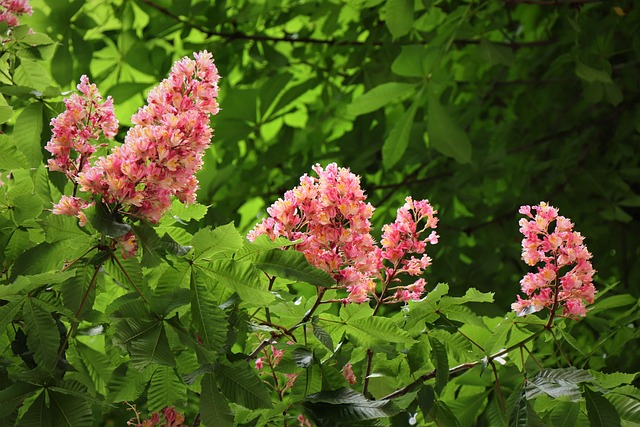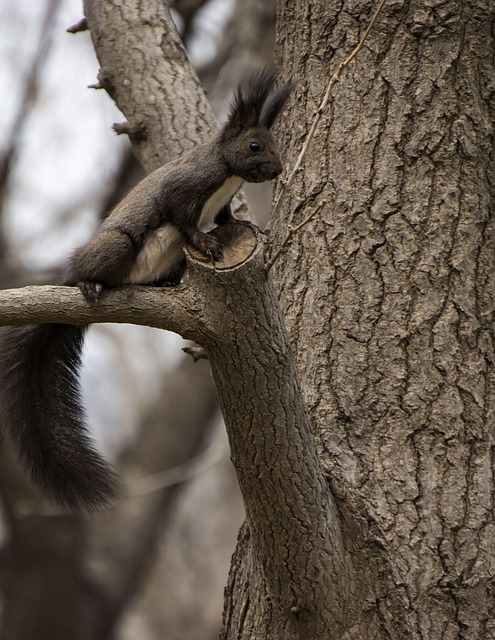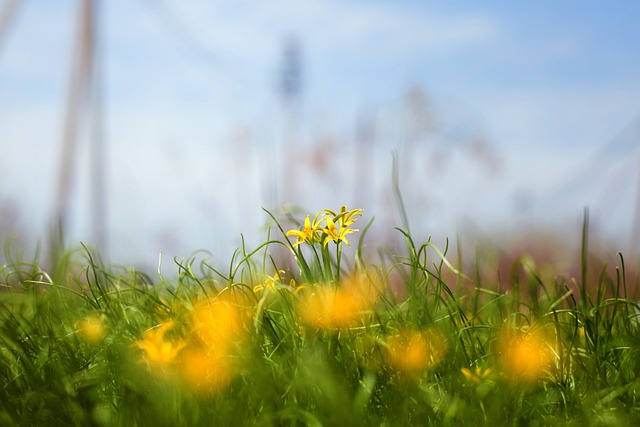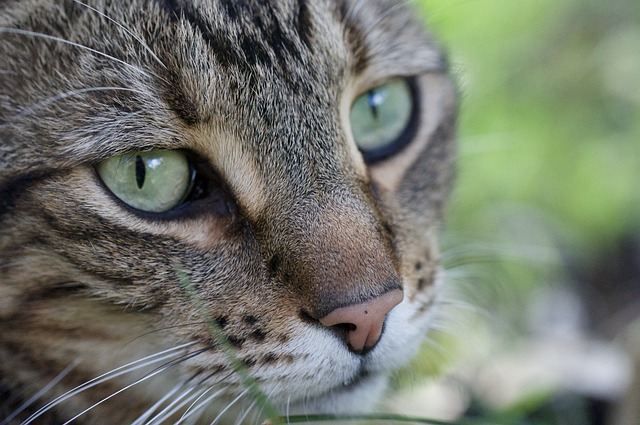bicho ao vivo 🏀 Bicho ao Vivo: A Fascinating Journey into the World of Live Animals

Bicho ao Vivo: A Fascinating Journey into the World of Live Animalsbicho ao vivo

In an era increasingly dominated by technology, where screens serve as our primary window to the world, the phenomenon of "bicho ao vivo," or live animals, emerges as a vibrant reminder of nature's wonders. This unique concept not only invites us to witness the beauty of wildlife in real-time but also encourages a deeper understanding of ecosystems, biodiversity, and the intricate relationships that sustain life on Earth.
The allure of live animals is multifaceted. For many, it is an escape from the sterile environments of urban living, offering a direct connection to nature that is both exhilarating and educational. Whether it's the vibrant colors of tropical birds flitting through the trees, the graceful movements of aquatic creatures in their natural habitats, or the awe-inspiring sight of large mammals roaming free, the experiences provided by "bicho ao vivo" foster appreciation and respect for the natural world.
Moreover, observing animals in their natural settings can be an enlightening experience. It provides crucial insights into animal behavior, social structures, and survival strategies. Such observations can lead to a greater understanding of the delicate balance within ecosystems. For instance, watching a pride of lions in action can reveal the complexities of their social dynamics and hunting strategies, while observing the migratory patterns of birds can highlight the importance of seasonal changes and environmental cues.
In addition to personal enrichment, "bicho ao vivo" plays an essential role in scientific research and conservation efforts. Field studies, often conducted in the presence of live animals, contribute significantly to our knowledge of species behavior, habitat requirements, and population dynamics. This data is invaluable for conservationists striving to protect endangered species and restore habitats that have been damaged by human activity. The more we understand about these animals and their environments, the better equipped we are to implement effective conservation strategies.bicho ao vivo
For educators, integrating live animal experiences into learning environments can be transformative. Programs that bring students into direct contact with animals not only spark curiosity but also instill a sense of responsibility towards wildlife. Hands-on learning fosters empathy and encourages the next generation to become stewards of the environment. Whether through classroom visits from local wildlife experts or organized trips to natural reserves, these experiences can ignite a passion for biology, ecology, and environmental science.
The rise of technology has also found its place in the realm of "bicho ao vivo." With the advent of live-streaming platforms, individuals can now witness wildlife from across the globe without leaving their homes. From cameras set up in remote habitats capturing the daily lives of animals to virtual safaris that transport viewers to the heart of the wilderness, technology enhances our ability to connect with nature. These virtual experiences have proven especially valuable during times when travel and outdoor activities may be limited, allowing people to maintain their connection with the natural world.
However, as we embrace the joys of "bicho ao vivo," it is crucial to address the ethical considerations surrounding wildlife observation. Responsible wildlife tourism emphasizes the importance of minimizing human impact on natural habitats. Approaches such as maintaining a respectful distance, avoiding disruption to animal routines, and supporting conservation initiatives ensure that our fascination with live animals does not come at the expense of their well-being.
In addition, education about the threats facing many species is essential. Habitat destruction, climate change, and poaching pose significant challenges to wildlife survival. By fostering awareness and support for conservation efforts, we can all contribute to the protection of endangered species and promote biodiversity. Engaging with "bicho ao vivo" can thus serve as a catalyst for advocacy, inspiring individuals to take action in their communities and beyond.
As we delve deeper into the world of live animals, we uncover not just the intricate beauty of nature, but also our place within it. "Bicho ao vivo" serves as a celebration of life, a reminder of the interconnectedness of all living beings, and an opportunity to cultivate a harmonious relationship with the environment.
In conclusion, the phenomenon of "bicho ao vivo" invites us to step outside our comfort zones and immerse ourselves in the wonders of the natural world. Whether through educational initiatives, responsible wildlife tourism, or the use of technology to observe animals in their native habitats, the joy of witnessing live animals is a powerful tool for connection, education, and conservation. As we continue to explore this vibrant realm, let us carry with us the cheerful spirit of curiosity and respect for all living creatures, ensuring that future generations can also experience the thrill of "bicho ao vivo."bicho ao vivo

Fale conosco. Envie dúvidas, críticas ou sugestões para a nossa equipe através dos contatos abaixo:
Telefone: 0086-10-8805-0795
Email: portuguese@9099.com


